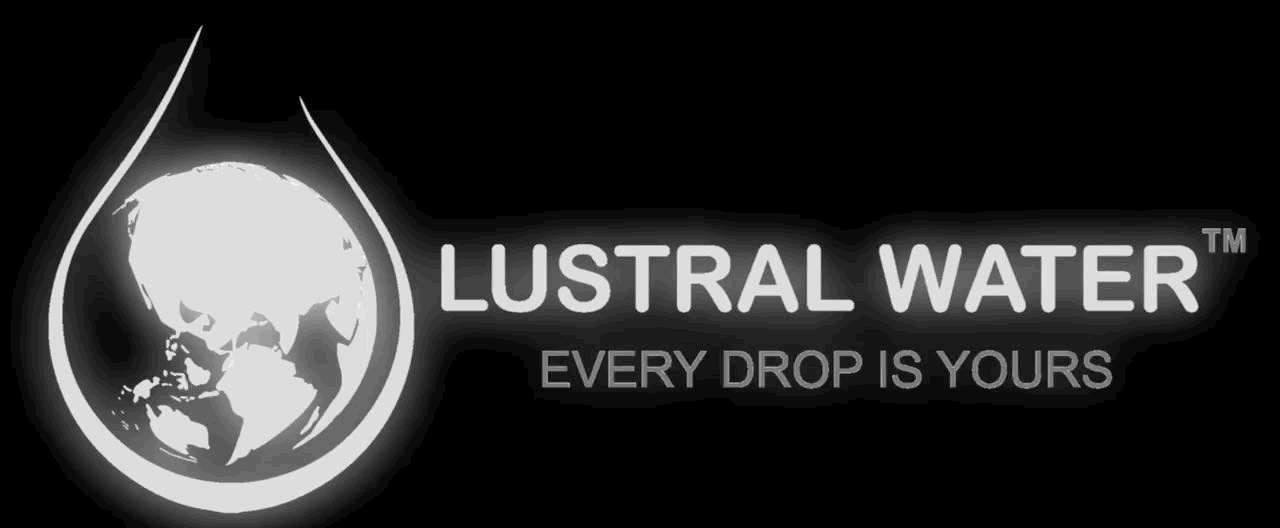Water purification dates back to centuries when people used to filter their water using sheer cloth to catch the sediments and physical impurities and during the rainy season ended up boiling water to avoid bacterial contamination. Cut to today, we have the most advanced technologies like the reverse osmosis (RO) that can multi-task by dealing with physical, chemical and microbial contamination. But how exactly have the water purification technologies evolved? What are the latest technologies in the water purification market? Let’s find out all about them!

What Does "Purified Water" Really Mean?
We often think clear water = clean water. But that’s not always true. Water can look fine but be teeming with bacteria, pesticides, heavy metals, and even microplastics. Water purification isn’t just about removing mud and muck—it’s about making water truly safe for your body (and taste buds).
Different technologies are designed to tackle different villains in the water. Some get rid of chemicals, others eliminate microbes, and a few go after everything at once.
Core Technologies You’ll Actually Hear About
Let’s explore the real MVPs of water purification tech:
1. Reverse Osmosis (RO): The Power Filter
Imagine a super-fine sieve that only lets pure water molecules through—that’s what RO does. It uses a semi-permeable membrane to trap salts, chemicals, and even fluoride. It’s a go-to for households in cities with questionable tap water or industrial areas.
Great for: Heavy metal removal, salty groundwater, or just peace of mind
Watch out for: It also removes beneficial minerals unless re-mineralization is added
2. UV Disinfection: Killing Germs with Light
UV light might seem harmless, but to bacteria and viruses? It’s a death ray. UV disinfection zaps microorganisms without using any chemicals. It’s often the final step in high-end home systems or industrial setups.
Great for: Eliminating E. coli, viruses, and parasites
Watch out for: Doesn’t remove chemicals or heavy metals—needs to be paired with other filters
3. Activated Carbon Filtration: The Taste Fixer
If your water smells like a swimming pool or tastes like a coin, this filter is your best friend. Activated carbon attracts and traps chlorine, VOCs (volatile organic compounds), and bad odors.
Great for: Taste, smell, and chemical reduction
Watch out for: Doesn’t filter out minerals or microbes
4. Desalination: Turning Oceans into Options
Used mainly in coastal and drought-prone areas, desalination converts seawater into drinkable water using advanced RO systems. It’s a lifeline in water-scarce regions but energy-intensive.
Great for: Coastal regions with limited freshwater
Watch out for: High cost and environmental impact if not managed well
5. Membrane Filtration: Tiny Pores, Big Impact
Think of it as a microscopic net that catches everything from bacteria to suspended solids. It’s often used in hospitals, food production, and homes with poor water quality.
Smart, Sustainable, and Seriously Cool Innovations
The world of water purification is evolving—and fast. Here’s what’s shaking things up:
Nanotechnology
Tiny particles with mighty powers. Nanotech filters can target pollutants on a molecular level—great for removing things that conventional filters miss.
Today’s filters are getting smarter. Imagine your purifier texting you when it’s time to change the filter—or adjusting automatically based on water quality. IoT (Internet of Things) makes it happen.
One Size Doesn’t Fit All: Pick Based on Your Needs
-
For Homes: RO + UV combos are popular, especially in Indian households. If your water isn’t too hard, a good carbon filter may be all you need.
-
For Industries: Industrial-grade systems need to meet strict standards. Think multi-stage filtration, real-time monitoring, and efficiency at scale.
-
For the Planet: Eco-friendly systems use less plastic, reduce wastewater, and promote reusability. Bonus points if your system includes a re-mineralizer.
Sustainable and Eco-Friendly Water Purification
Sustainable water purification is a growing focus, with eco-friendly water purification systems leading the charge. These sustainable water filtration methods reduce environmental impact while maintaining high standards of water quality.
From AI-powered purifiers that self-diagnose to bio-mimicry tech that copies nature’s best filters, water purification is no longer just about filtering—it’s about innovating. As climate change and pollution shift the goalposts, tomorrow’s tech is stepping up with smarter, faster, and greener solutions.

Frequently Asked Questions (FAQs)
Q. What is the most effective water purification method?
A. Reverse osmosis is often considered the best water purification technology due to its ability to remove a wide range of contaminants effectively.
Q.How does reverse osmosis work in water purification?
A. Reverse osmosis systems utilize a semi-permeable membrane to perform reverse osmosis water treatment, effectively filtering out impurities from water.
Q. Are there eco-friendly water purification options available?
A.Yes, eco-friendly water purification systems and sustainable water purifiers are available, providing environmentally conscious solutions for water treatment.
Q. What role does nanotechnology play in water purification?
A. Nanotechnology in water purification offers advanced solutions by using nanotechnology and water treatment methods to enhance filtration efficiency and target specific contaminants.
Quiz Time: What’s Your Water Type?
Before you pick a water purifier, you need to know what kind of water you’re dealing with. Take this quick quiz to find your water type and discover the tech that fits best!
1. Where does your water come from?
A. Municipal tap water
B. Borewell or tanker
C. Nearby river/lake
D. Not sure
2. What does your water taste like?
A. Clean, but a bit of chlorine
B. Salty or metallic
C. Earthy or musty
D. No strong taste
3. Ever noticed scaling (white spots) on your taps or kettles?
A. Never
B. All the time!
C. Sometimes
D. I don’t know
4. Any stomach bugs or skin issues after using your water?
A. Rarely
B. Yes, more often during rains
C. Yes, consistently
D. Not really
5. Do you live in an area with frequent power cuts?
A. Nope
B. Occasionally
C. Yes, regularly
D. Yes, but I have a backup
Your Result: Find Your Water Type
Mostly A’s: City Tap Water Champ
You’re dealing with chemically treated but safe water. Go for a UV + Activated Carbon purifier to remove chlorine, odors, and any microbes.
Mostly B’s: Hard Water Warrior
You’ve got hard water or high TDS, likely from borewells or tankers. You’ll need a RO purifier with a TDS controller to protect your appliances—and your health.
Mostly C’s: Nature’s Risk Taker
Natural sources mean a mix of everything—bacteria, sediments, and chemicals. You need a multi-stage purifier (RO + UV + UF + Carbon).
Mostly D’s: Mystery Water
If you’re unsure about your water source or quality, get it tested. Until then, opt for a versatile RO + UV system or consult a local water expert.
Stay Refreshed, Stay Pure — Try Lustral Water Today!





